In this article, you will gain a deeper understanding of a common form of cancer in children known as Acute Lymphoblastic Leukemia (ALL). We will explore the basics of this condition, including its causes, symptoms, and treatment options. By enhancing your knowledge about ALL, you will be better equipped to support and advocate for children diagnosed with this disease, as well as their families. So, let’s embark on this informative journey and learn more about Acute Lymphoblastic Leukemia in children.
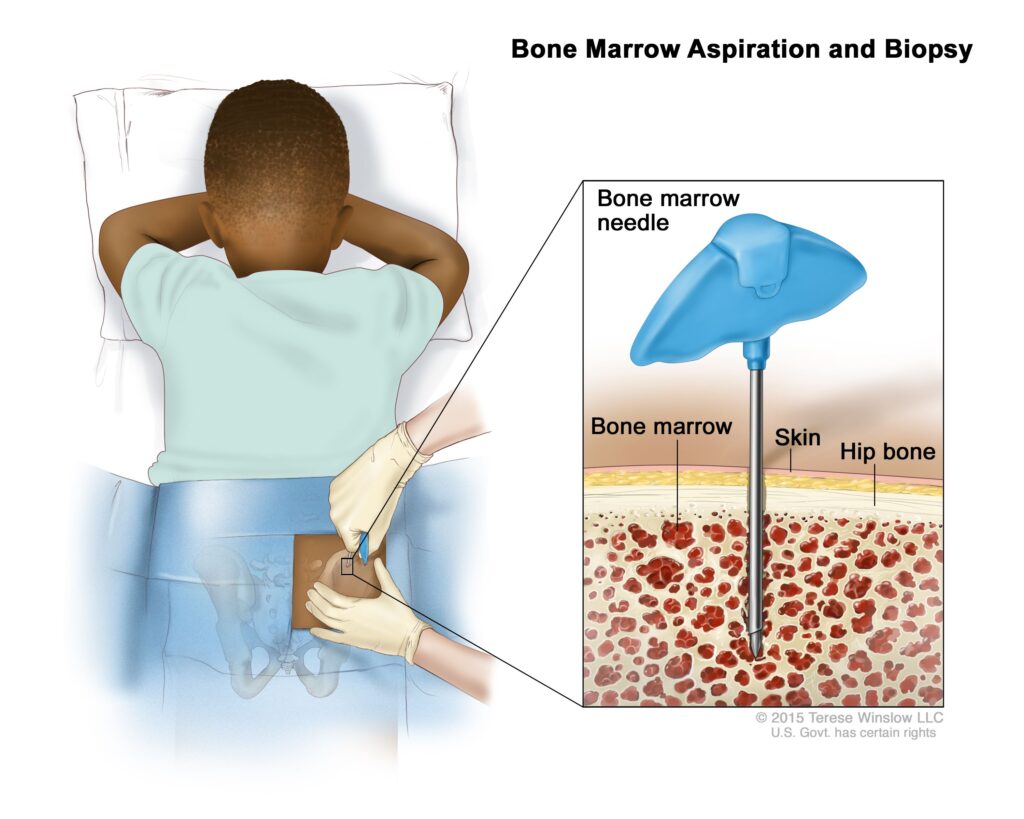
Overview of Acute Lymphoblastic Leukemia (ALL)
Acute Lymphoblastic Leukemia (ALL) is a type of cancer that affects the blood and bone marrow. It is the most common type of cancer in children, accounting for about 25% of all childhood cancer cases. ALL is characterized by the rapid production of immature white blood cells, known as lymphoblasts, in the bone marrow. These abnormal cells overcrowd the bone marrow, preventing the production of normal blood cells, causing symptoms, and increasing the risk of infection and bleeding.
Definition of ALL
ALL is a cancer of the blood and bone marrow, characterized by the uncontrolled growth of lymphoblasts, and immature white blood cells. These lymphoblasts do not mature into healthy white blood cells and accumulate in the bone marrow, leading to a decrease in normal blood cell production.
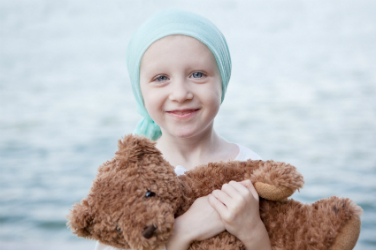
Prevalence and incidence
ALL is the most common type of cancer in children, with an annual incidence rate of about 3 cases per 100,000 children under the age of 15. It is more common in boys than girls, and the peak incidence occurs between the ages of 2 and 5 years. The exact cause of this age distribution is unknown.
Causes and risk factors
The exact cause of ALL is unknown, but several factors have been identified as potential risk factors. These include genetic predisposition, exposure to high levels of radiation, certain genetic disorders such as Down syndrome, and certain inherited syndromes like Li-Fraumeni syndrome. However, the majority of children with ALL do not have any identifiable risk factors.
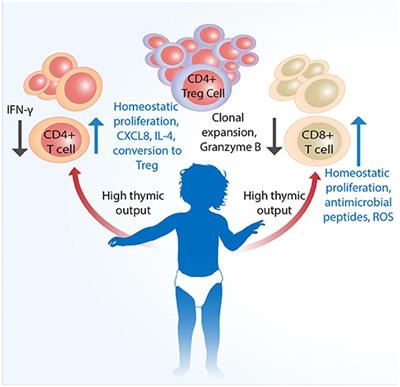
Common symptoms and signs
The symptoms of ALL can vary from child to child but may include fatigue, pale skin, fever, frequent infections, easy bruising or bleeding, bone and joint pain, swollen lymph nodes, and abdominal pain. These symptoms may be nonspecific and can be easily mistaken for other common childhood illnesses. Therefore, it is important to consult a healthcare provider if any concerning symptoms persist.
Diagnosing Acute Lymphoblastic Leukemia
Initial assessment and physical examination
When a child presents with symptoms that are suggestive of ALL, a comprehensive medical history is obtained, and a physical examination is performed. During the physical examination, the healthcare provider may check for enlarged lymph nodes, an enlarged liver or spleen, and other signs of illness.
Blood tests and laboratory investigations
Blood tests are an essential part of diagnosing ALL. A complete blood count (CBC) is done to assess the levels of different blood cells. In children with ALL, CBC may show low levels of red blood cells (anemia), platelets (thrombocytopenia), and white blood cells (leukopenia). Additionally, a blood smear may be studied to examine the appearance and number of abnormal cells.
Bone marrow aspiration and biopsy
A bone marrow aspiration and biopsy are crucial tests in the diagnosis of ALL. In this procedure, a small sample of bone marrow is taken from the hipbone or chest bone using a needle. The sample is then examined under a microscope to assess the number and appearance of abnormal cells.
Cytogenetic and molecular studies
To further understand the ALL, cytogenetic and molecular studies are performed. These tests examine the genetic and chromosomal abnormalities of the leukemic cells. By identifying specific genetic mutations or abnormalities, healthcare providers can determine the subtype of ALL and tailor the treatment plan accordingly.
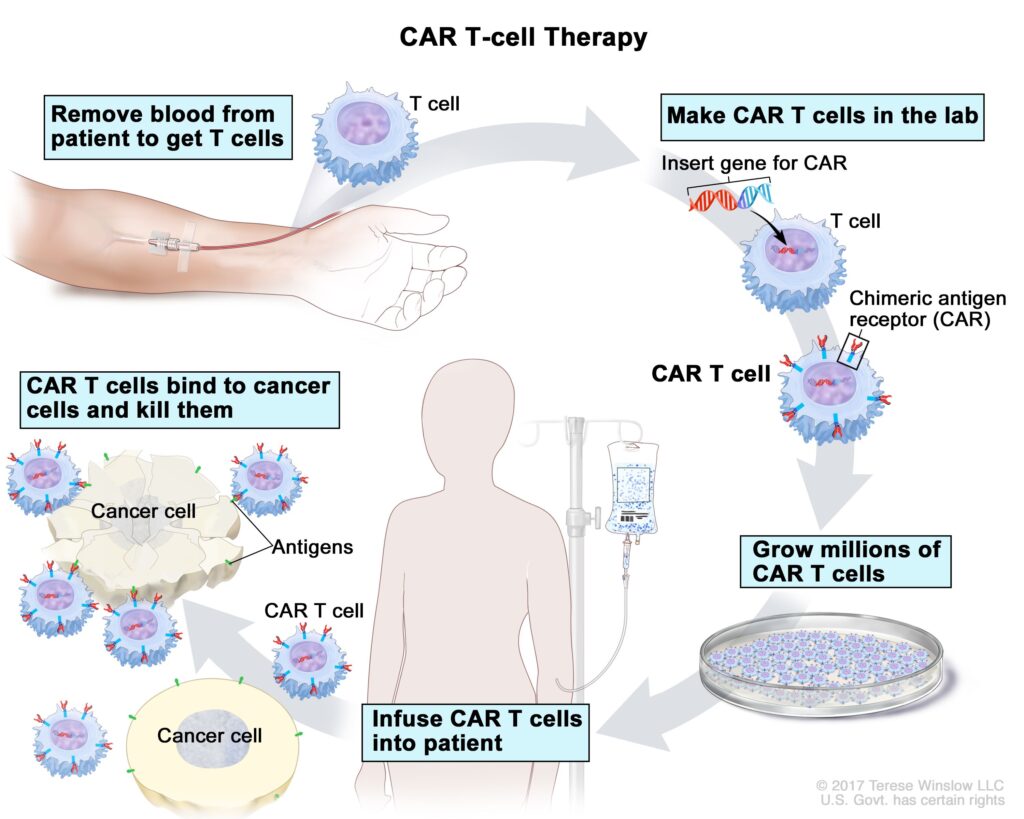
Classification and Staging of ALL
Subtypes of ALL based on immunophenotyping
ALL can be classified into different subtypes based on the specific characteristics of the leukemic cells. Immunophenotyping is a technique used to analyze the proteins expressed on the surface of these cells. This classification helps healthcare providers determine the most appropriate treatment approach for each child.
Cytogenetic abnormalities and genetic mutations
Cytogenetic abnormalities and genetic mutations play a crucial role in determining the prognosis and treatment options for ALL patients. Certain chromosomal abnormalities, such as the Philadelphia chromosome, are associated with a higher risk of relapse and poorer outcomes. Genetic testing is important in guiding treatment decisions and assessing the risk of disease progression.
Risk stratification and prognostic factors
Risk stratification is the process of classifying patients into different risk groups based on certain prognostic factors. These factors may include age, white blood cell count at diagnosis, specific genetic abnormalities, and response to initial treatment. The risk group helps predict the likelihood of treatment success and guides the intensity of therapy.
Staging systems and disease progression
ALL does not have a formal staging system like some other cancers. Instead, disease progression is assessed based on the response to treatment or the presence of minimal residual disease (MRD), which refers to the small number of leukemic cells that may remain after treatment. MRD testing is used to monitor treatment response and adjust treatment plans accordingly.
Treatment Modalities for ALL
Chemotherapy protocols and regimens
Chemotherapy is the mainstay of treatment for ALL. Different protocols or regimens are used, depending on the risk group and subtype of ALL. These protocols consist of a combination of different chemotherapy drugs, given in specific cycles or phases. The goal of chemotherapy is to eliminate the leukemic cells and achieve remission.
Role of radiation therapy
Radiation therapy may be recommended in certain cases of ALL. It is typically used when there is involvement of the central nervous system (CNS), such as the brain or spinal cord. Radiation therapy uses high-energy X-rays or other types of radiation to kill cancer cells. It is administered by a radiation oncologist, and the treatment is carefully planned to target the specific areas of the CNS.
Stem cell transplantation
Stem cell transplantation, also known as a bone marrow transplant, may be considered for children with high-risk or relapsed ALL. This procedure involves replacing the diseased bone marrow with healthy stem cells, either from a donor (allogeneic transplant) or from the child’s own stored stem cells (autologous transplant). Stem cell transplantation can be a curative option for some patients.
Targeted therapies and immunotherapy
Targeted therapies and immunotherapy are innovative treatment approaches for ALL. Targeted therapies involve using drugs that specifically target certain proteins or genetic abnormalities in the leukemic cells. Immunotherapy, on the other hand, utilizes the body’s immune system to recognize and destroy cancer cells. These treatments are still in the research phase but show promising results in improving outcomes for ALL patients.
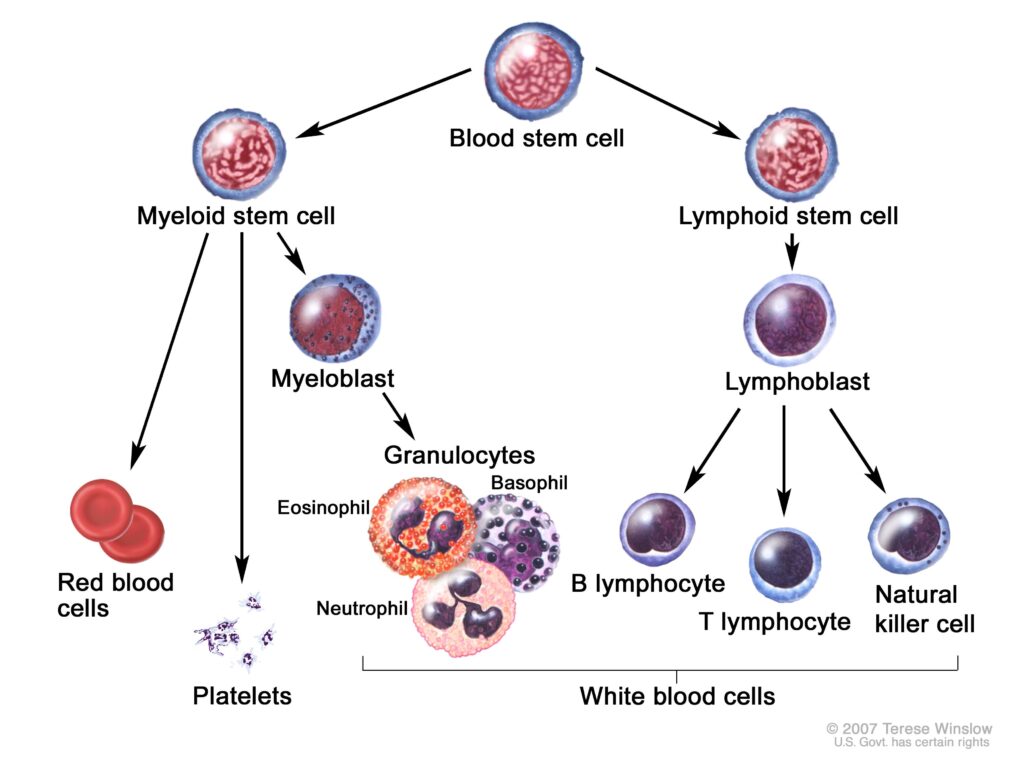
Supportive Care for Pediatric ALL patients
Management of treatment-related side effects
The intensive treatments used in ALL can cause various side effects. These may include nausea and vomiting, hair loss, mouth sores, fatigue, and increased susceptibility to infections. Supportive care measures, such as anti-nausea medications, pain management, and antibiotics, are essential in managing and minimizing these side effects. Careful monitoring of blood cell counts is also necessary to prevent complications.
Psychological and emotional support
A diagnosis of ALL can be overwhelming and emotionally challenging for both the child and their family. Psychological and emotional support is vital to help cope with the stress and anxiety associated with the treatment process. Counseling services, support groups, and child life specialists can provide emotional support and help children and their families navigate through the journey of ALL.
Nutritional support and diet recommendations
Maintaining proper nutrition is crucial for children undergoing ALL treatment. The treatments can affect appetite and cause weight loss. A registered dietitian can provide guidance on appropriate dietary recommendations and manage nutritional challenges. Ensuring an adequate intake of calories, protein, and essential nutrients can help support the child’s overall health and recovery.
Education and school assistance
Children with ALL often face prolonged absences from school due to treatment. It is important to provide educational support to ensure they do not fall behind academically. Schools can work closely with the child’s healthcare team to develop an appropriate educational plan, including home-based instruction or accommodations to help them reintegrate into school after treatment.
Long-term Follow-up and Survivorship
Monitoring for late effects and secondary malignancies
After completing treatment, long-term follow-up is crucial to monitor for late effects and secondary malignancies. Some treatments and genetic abnormalities associated with ALL increase the risk of developing late effects, such as heart problems, fertility issues, and learning disabilities. Regular check-ups and screenings can ensure early detection and timely intervention for any potential complications.
Psychosocial support for survivors and their families
Survivors of childhood ALL may face ongoing emotional and psychological challenges, even after treatment. The transition from a cancer patient to a survivor can be complex, and support services should be available to address these needs. Psychosocial support programs can help survivors and their families cope with survivorship issues, such as fear of relapse, body image concerns, and social reintegration.
Transition to adult care
As pediatric ALL survivors transition into adulthood, a smooth transfer of care from pediatric oncology to adult oncology is essential. Transition clinics and specialized healthcare providers assist in this process, ensuring continuity of care and addressing the specific medical and psychosocial needs of young adults who have overcome childhood ALL.
Importance of survivorship care plans
Survivorship care plans are comprehensive documents that outline a child’s treatment history, potential long-term effects, and recommended follow-up care. These plans are provided to patients and their primary care providers, ensuring that everyone involved in the child’s care is aware of the treatment history and long-term management needs. Survivorship care plans facilitate coordinated and individualized care for childhood ALL survivors.
Prognosis and Survival Rates
Factors influencing prognosis
Several factors influence the prognosis of children with ALL. These include age at diagnosis, white blood cell count at diagnosis, genetic abnormalities, and the response to initial treatment. Children with a good early response to treatment and favorable genetic abnormalities generally have a better prognosis.
Survival rates based on risk groups
Survival rates for ALL have improved significantly over the years, thanks to advances in treatment. The current overall five-year survival rate for children with ALL is approximately 90%. However, survival rates can vary based on risk groups, with high-risk patients having a lower survival rate compared to standard and low-risk patients.
Relapse rates and treatment outcomes
Relapse can occur in some cases of ALL, even after achieving remission. The risk of relapse depends on various factors, including the risk group, genetic abnormalities, and response to initial treatment. Relapse can be challenging to treat, and the outcomes may be less favorable than for patients who do not experience relapse.
Advances in treatment and improving survival
Significant progress has been made in the treatment of childhood ALL, leading to improved survival rates. Clinical trials, collaborative research efforts, and advancements in supportive care have contributed to these improvements. Ongoing research into targeted therapies, immunotherapies, and personalized medicine holds the promise of further enhancing treatment outcomes and quality of life for children with ALL.
Risk Factors and Prevention Strategies
Genetic predisposition and inherited syndromes
There is evidence to suggest that genetic predisposition plays a role in the development of ALL. Certain inherited syndromes, such as Down syndrome and Li-Fraumeni syndrome, increase the risk of developing ALL. Genetic counseling and screening may be recommended for families with a history of these syndromes to assess the risk and consider preventive measures.
Environmental factors and exposures
While the exact environmental factors responsible for ALL are unknown, some studies have suggested an association between exposure to high levels of radiation and the development of ALL. Other potential environmental factors being explored include chemical exposures and certain infections. Avoiding unnecessary radiation exposure and minimizing exposure to potential carcinogens are general preventive measures.
Potential preventive measures
At present, there are no specific preventive measures to completely eliminate the risk of ALL. However, maintaining a healthy lifestyle, including a nutritious diet, regular exercise, and avoiding exposure to known carcinogens, can contribute to overall well-being and potentially reduce the risk of cancer.
Screening and early detection
There are currently no routine screening tests available for the early detection of ALL. Most cases are diagnosed based on symptoms, physical examination, and diagnostic tests. However, it is important for parents and healthcare providers to be vigilant for signs and symptoms of ALL, especially in high-risk populations, in order to facilitate early diagnosis and prompt treatment.
Impact on Families and Support Networks
Psychosocial challenges faced by families
A diagnosis of ALL can have a significant emotional and psychological impact on the entire family. Parents may experience feelings of fear, guilt, and uncertainty, while siblings may struggle with the disruption of their routines and attention shifting to the sick child. It is important to address the psychosocial needs of the entire family through counseling, support groups, and other resources.
Financial burden and support resources
The treatment of childhood ALL can place a significant financial burden on families. The costs associated with hospital stays, medications, and supportive care can add up quickly. Fortunately, there are various financial aid programs and resources available to help families navigate this aspect of their journey, ensuring that financial constraints do not hinder access to necessary care.
Importance of peer support and community involvement
Peer support plays a vital role in the emotional well-being of children with ALL and their families. Connecting with other families facing similar challenges can offer a sense of understanding, validation, and shared experiences. Support organizations, both online and in-person, provide opportunities to connect with other families, share information, and find solace in a supportive community.
Advocacy and raising awareness
Advocacy and raising awareness about childhood ALL are essential to promote research, advance treatment options, and improve support systems. By advocating for increased funding, policy changes, and resource allocation, individuals and organizations can make a meaningful impact in the lives of children with ALL and their families.
Current Research and Future Perspectives
Emerging treatment approaches
Ongoing research efforts are focused on identifying novel treatment approaches for ALL. These include developing targeted therapies that specifically attack abnormal cells while sparing healthy cells, as well as immunotherapies that harness the power of the immune system to target and destroy cancer cells. Emerging treatment approaches hold promise in improving outcomes and reducing treatment-related side effects.
Genomic studies and precision medicine
Genomic studies have revolutionized the understanding of ALL and its subtypes. By analyzing the genetic makeup of leukemic cells, researchers can identify specific mutations and abnormalities that drive the development and progression of the disease. This knowledge allows for the development of personalized treatment strategies, known as precision medicine, tailored to the individual characteristics of each patient’s cancer.
Clinical trials and novel therapies
Clinical trials are vital in advancing the field of oncology and uncovering new treatment options for children with ALL. Participation in clinical trials allows patients to access innovative therapies that may not be available through standard treatment approaches. These trials are carefully designed and closely monitored to ensure patient safety and gather valuable data that can ultimately lead to better treatment outcomes.
Improving the quality of life for pediatric ALL patients
Beyond survival, the focus of research and future perspectives in the treatment of pediatric ALL is on improving the quality of life for survivors. Advances in supportive care, such as the management of treatment-related side effects and long-term monitoring for late effects, aim to optimize the physical and psychosocial well-being of children who have gone through the challenges of ALL.
Acute Lymphoblastic Leukemia is the most common childhood cancer, characterized by the rapid growth of immature white blood cells in the bone marrow. Diagnosing and treating ALL require a multidisciplinary approach, incorporating various diagnostic tests, risk stratification, and individualized treatment plans. Advances in treatment, supportive care, and research efforts have greatly improved the long-term outcomes for children with ALL. The ongoing efforts to understand the underlying causes, identify new treatments, and support survivors’ well-being offer hope for a brighter future for children affected by ALL.
Watch This Video Below
Related Terms About Understanding Acute Lymphoblastic Leukemia in Children
Acute Lymphoblastic Leukemia Blood Test Results, Acute Lymphoblastic Leukemia In Toddlers Symptoms, Classification Of Acute Lymphoblastic Leukemia, What Is Acute Leukemia In Childhood, What Is Acute Lymphoblastic Leukemia